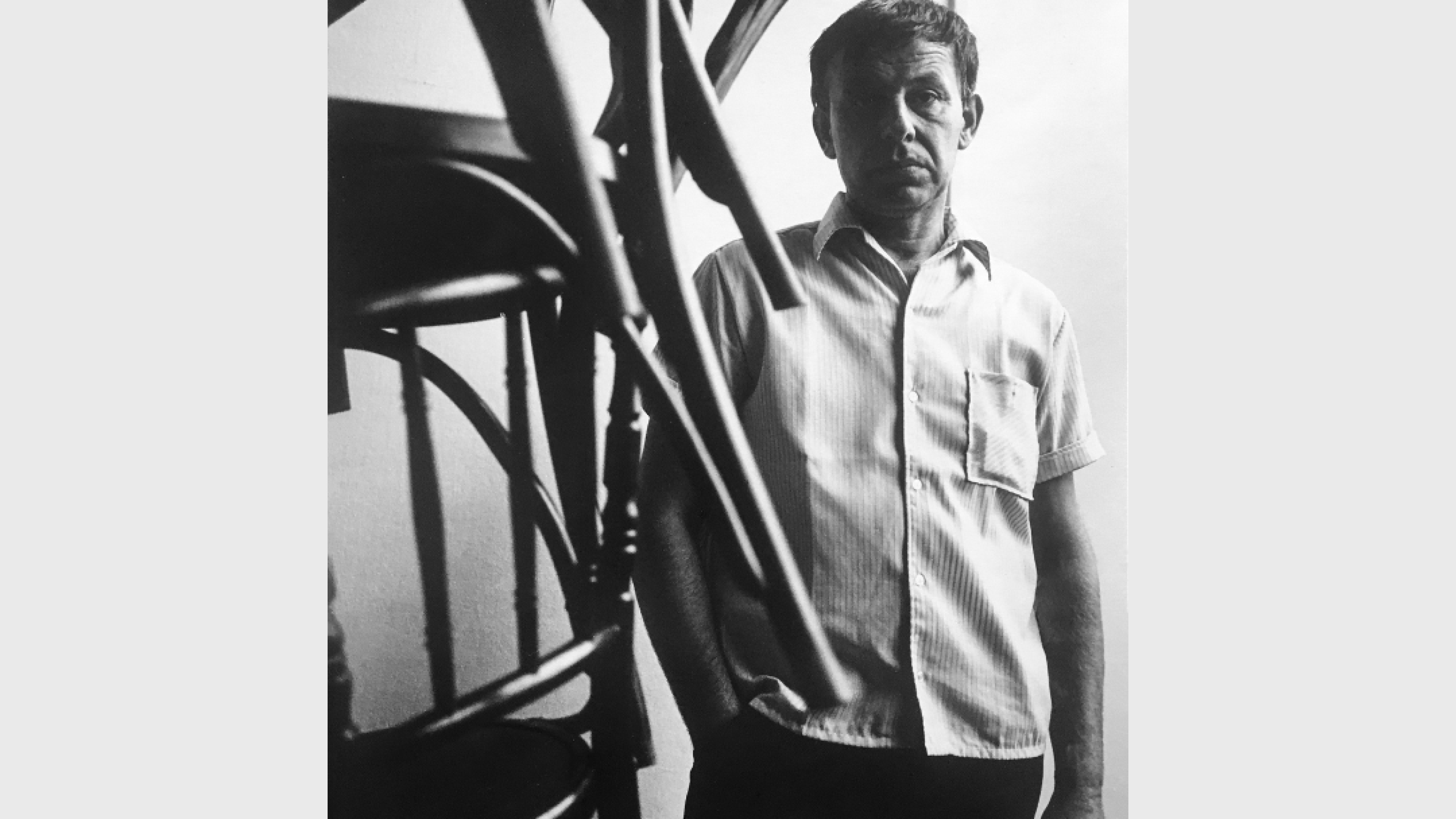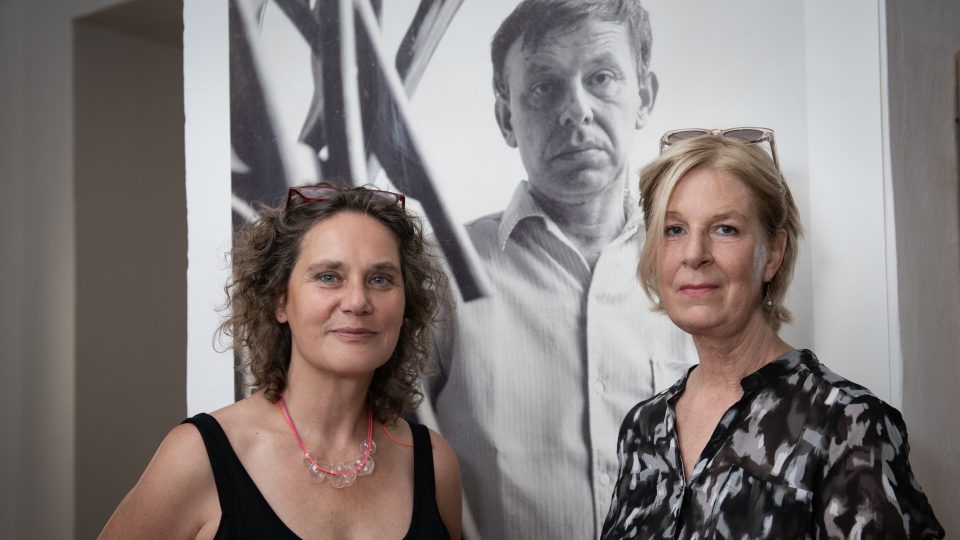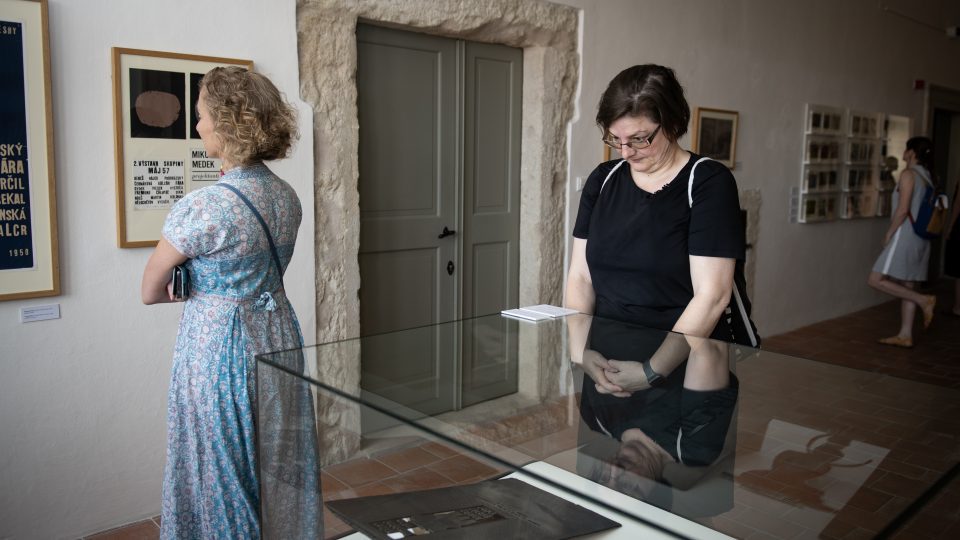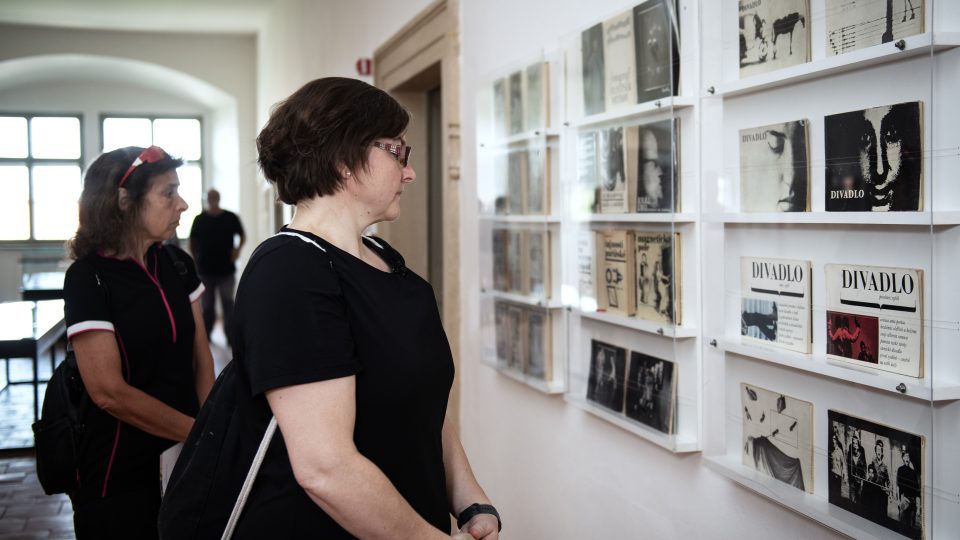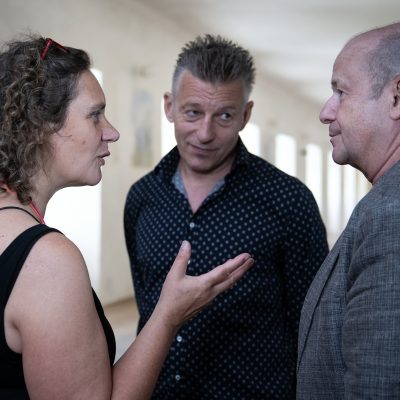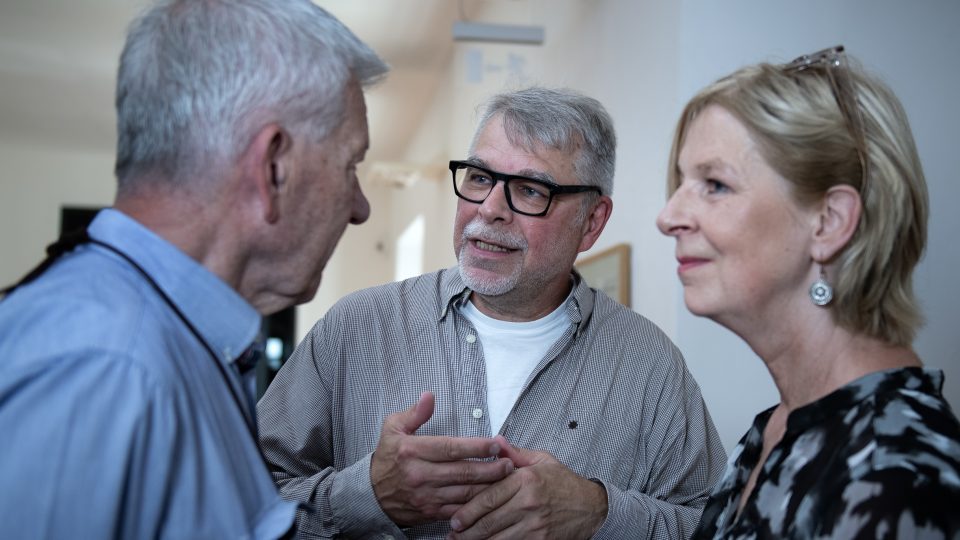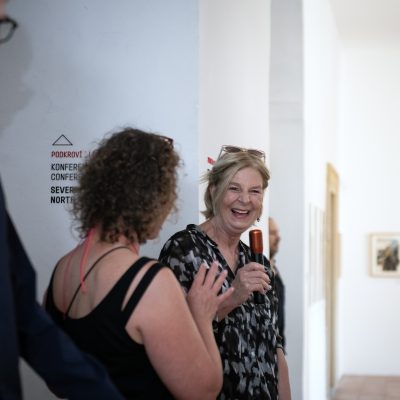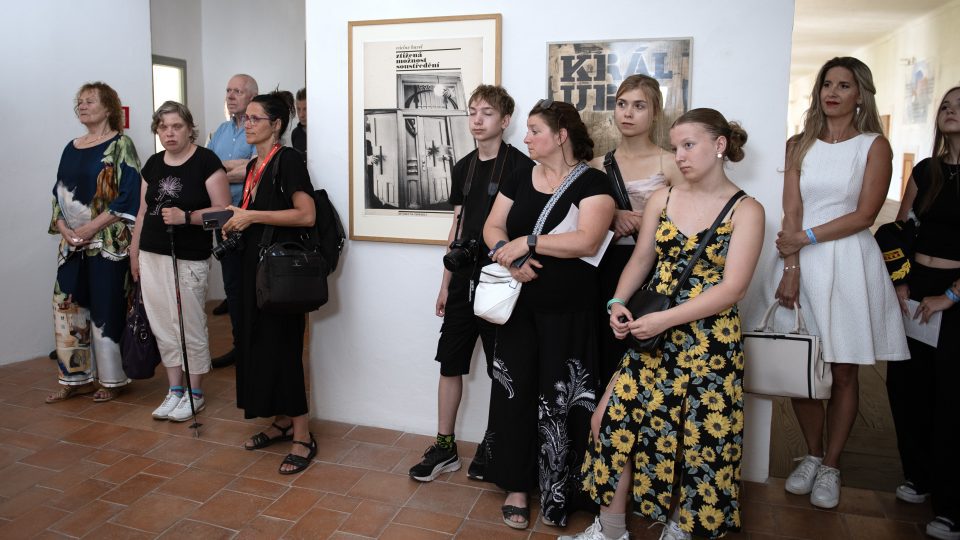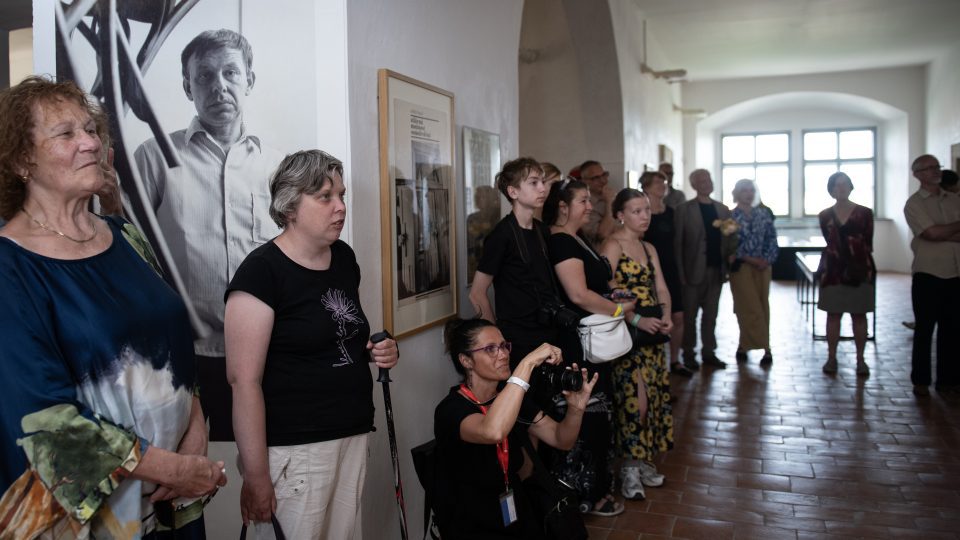With this exhibition marking the centenary of the birth of Libor Fára (12 September 1925 – 8 March 1988), GASK commemorates the graphic works of one of the most distinctive Czech artists of the second half of the 20th century. Fára created paintings, drawings, collages, assemblages and object art, and he worked in the theatre as a stage and costume designer. All along, he created his distinctive book and magazine designs and typographic work, which went hand in hand with his broad intellectual interests and familiarity with other artistic disciplines, primarily theatre but also music, fine art and literature.
Fára studied the fundamentals of typographic design with Jaroslav Šváb at the Officina Pragensis school, which he attended in 1942–1944. After this, he studied under Emil Filla and František Muzika at the Academy of Arts, Architecture and Design (1945–1951). He was a member of the Spořilov Surrealists and contributed to the publication of the samizdat anthology Zvěrokruh (Signs of the Zodiac, 1951). He nurtured friendships with Mikuláš Medek and Emila Medková, Josef Istler, Karel Teige, and Vratislav Effenberger. His typographic design work came to be founded on Surrealism, collages and the photographic image. Roughly in the mid-1950s, he began working for theatre. In the 1960s, he worked with director Jan Grossman at the Na zábradlí Theatre, where he did the promotional materials and the stage and costume design for Grossman’s staging of Alfred Jarry’s Ubu Roi (1964). He subsequently, until 1976, created most of the visual designs for the theatre. In 1965–1981, he also worked with the Činoherní klub, where he collaborated with Jaroslav Vostrý, Jan Kačer, Ctibor Turba and Boris Hybner. He designed numerous posters using photography, for which he collaborated with Miloň Novotný and Miroslav Jodas, among others. He was friends with photographers all his life – examples include Emila Medková, Miroslav Hák and Josef Koudelka – and the use of photography formed an identifying mark of his graphic design work. For instance, he used photographs by Josef Koudelka on the covers for Divadlo (Theatre) magazine that he designed in 1958–1970. His radical visuals, including the use of horizontal formats, presaged the new era of the periodical. Fára’s work for the Na zábradlí Theatre and Činoherní klub also includes the design of timeless logos that remained in use until recently. He also created film posters, designing around twenty of them between 1963 and 1979.
Fára’s first solo exhibition of his fine art creations was in 1957 at the Československý spisovatel Gallery in Prague. The catalogue text was written by Jan Grossman. Fára designed his own catalogues and exhibition invites. The next exhibition was not until ten years later; titled Game Tables, it was organised by Ludmila Vachtová at the Gallery on Charles Square in Prague. This was followed by Stop-time at Prague’s Špála Gallery in 1969, an exhibition which foreshadowed the Normalisation era, during which Fára could show his work only sporadically. All along, Fára did the catalogue and exhibition design for his friends’ exhibitions as well, including the graphic design for the second exhibition by the Máj 57 group (1958), of which he was a member. During this time, he exclusively worked with letters as a basic design element.
In parallel with his own art, Fára also did illustration work and graphic design for books. The first of these projects were in the late 1950s for the State Publishing House for Literature, Music and Art (renamed Odeon in 1966) and for the Československý spisovatel publishing house. At Odeon, he contributed to the visual design of several book series (including the 3x… detective series), and his name remains associated with the small square format of the Contemporary International Art and Art Photography series. He worked with his wife, the art historian Anna Fárová, on several other series and standalone publications in the field of art photography, among them Personalities of Czechoslovak Photography in the Collections of the Museum of Decorative Arts in Prague. The first book in this series was for an important monographic exhibition dedicated to František Drtikol in 1972. In the first half of the 1970s, he also systematically collaborated on a number of exhibition catalogues with the National Gallery in Prague.
Fára, known for his passion for jazz, was well-versed in music history and had a thorough knowledge of modern classical music. Besides designing various music publications, he also did two series for Supraphon – Music Profiles (focused on composers) and Lyra (musicians) – whose clean and simple designs were, like his other work, enlivened by the use of black-and-white photography. He also designed album covers for Supraphon’s Gramofonový klub series.
Fára’s work earned him numerous awards. His graphic designs are characterised by an inimitable visual language reminiscent of his fine art creations. In his typographic designs, too, he applied a cyclical approach in which he varied and modified fragments and segments of otherwise constant visual signs. In this collage technique responding to a photographic image, he used geometric elements to always place the image into new rhythmic arrangements. With its broad overlap into other areas of art, Fára’s work is an example of tireless artistic initiative resulting in a specific, individual artistic style.
We thank Gabina and Isabela Fárová for their collaboration and for lending the exhibited materials.
We thank the Archive of Fine Arts for lending books and catalogues – https://cs.artarchiv.cz/.
